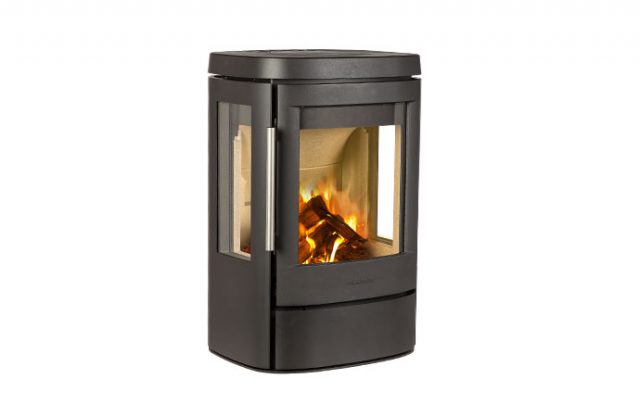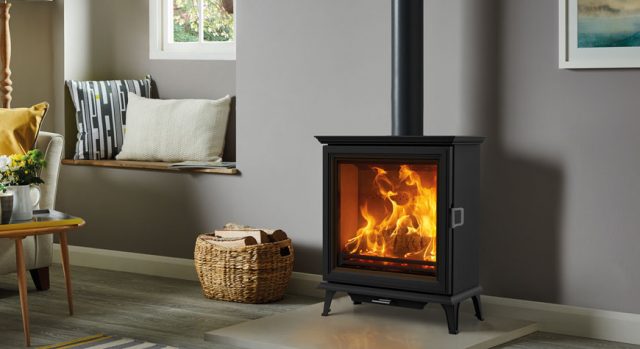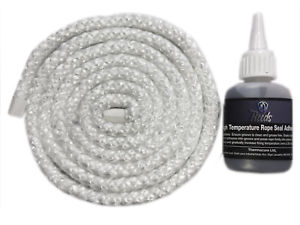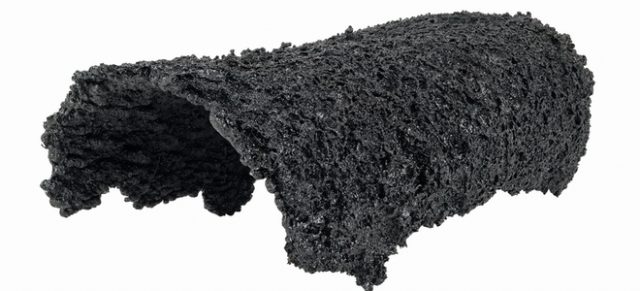Even though there are well in excess of 1 million wood-burning and multifuel stoves in the UK, have you ever sat back and wondered just what kind of technology is under the surface? Have you ever wondered how heat continues to seep into your room even when the fire is out? How primary, secondary and tertiary air flow systems work? Or do you just prefer to sit back, kick off your shoes and enjoy the deep seated heat that comes with the modern day wood-burning/multifuel stove?
Centuries-old stoves
The history books are littered with mention of basic stoves going back literally hundreds of years. The ability to burn wood and retain heat to keep you warm over a long period of time must have been the Holy Grail of life in the olden days. It was only in the 18th century that stove designs began to change into something similar to what we see today. Initially the stoves were seen as highly inefficient but over-time they have been reset focused and reset again to become some of the most efficient forms of heating available today.






